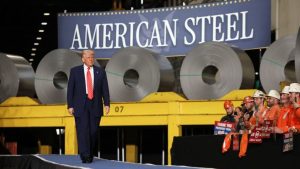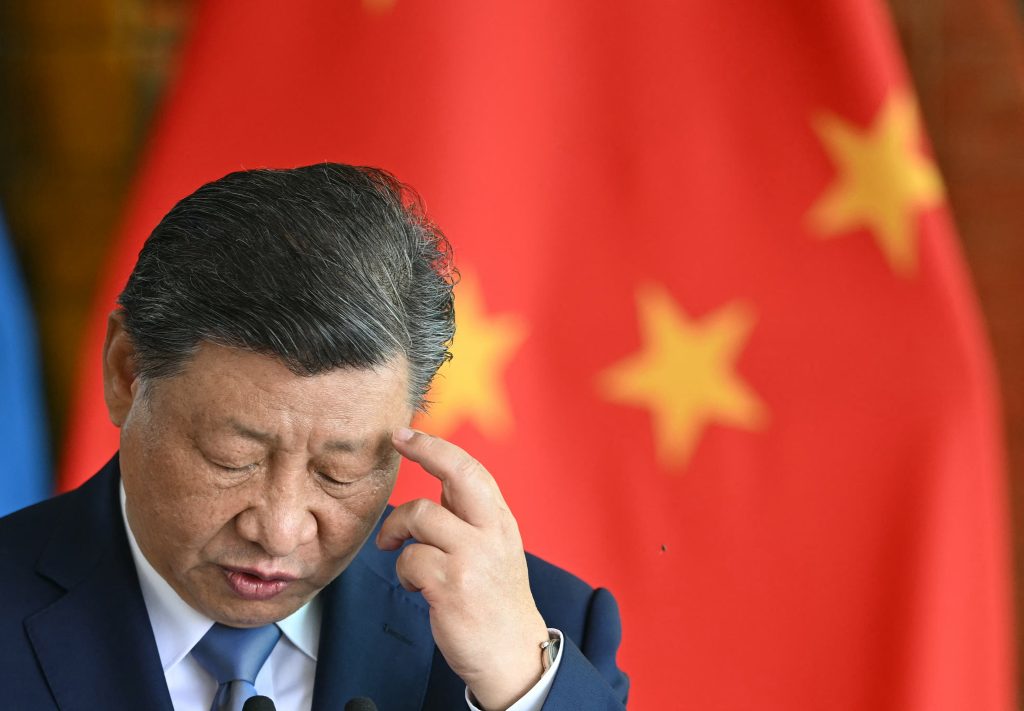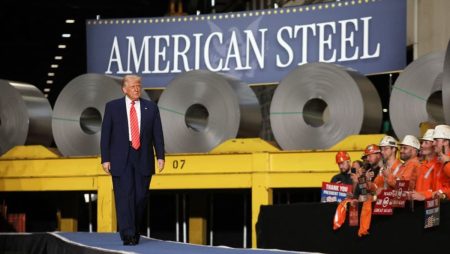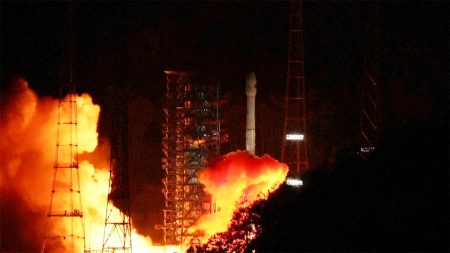China’s economic recovery following the lifting of its stringent COVID-19 restrictions has been lackluster, falling short of expectations and raising concerns about the country’s near-term prospects. While the government has implemented various stimulus measures, including a substantial package aimed at alleviating local government debt and a shift towards monetary easing, these efforts have proven insufficient to reignite consumer spending and bolster overall economic growth. Analysts argue that more robust fiscal intervention is needed to address the underlying weaknesses in the Chinese economy, particularly the persistent sluggishness in consumer demand.
The annual Central Economic Work Conference, a key policy-setting meeting of the Chinese Communist Party’s top leadership, acknowledged the multifaceted challenges facing the economy, both domestically and internationally. While the official statement praised the positive impact of previous stimulus measures, it also highlighted the “complex and severe” external pressures and “increasing internal difficulties.” This recognition of the prevailing economic headwinds underscores the need for more decisive action to stimulate growth and restore confidence. The focus on a more proactive fiscal policy, involving increased government spending and a higher fiscal deficit, signals a willingness to deploy more substantial resources to address the economic slowdown.
However, the effectiveness of these measures remains uncertain, particularly in light of the persistently weak consumer spending. November’s data revealed a mere 3% increase in consumer spending, the slowest pace in three months, indicating that the existing stimulus has not significantly impacted consumer behavior. This sluggishness in consumer demand poses a significant obstacle to achieving the desired economic rebound. Experts suggest that the government needs to implement more targeted and impactful measures to boost consumer confidence and encourage spending. This could involve direct cash transfers, tax cuts for consumers, or other initiatives aimed at increasing disposable income and incentivizing consumption.
The debate surrounding the adequacy of China’s economic stimulus measures underscores the delicate balancing act facing policymakers. While they recognize the need for stronger fiscal intervention, they are also wary of exacerbating existing debt levels and creating new economic imbalances. The shift towards monetary easing, including interest rate cuts and reductions in bank reserve requirements, reflects an attempt to stimulate lending and investment without resorting to excessive government spending. However, the impact of monetary policy alone is limited, especially when consumer confidence remains low and businesses are hesitant to invest.
Looking ahead, the trajectory of China’s economic recovery hinges on two critical factors: the scale of future government stimulus and the potential impact of external shocks, such as escalating trade tensions with the United States. Analysts predict that China’s official growth rate will likely slow to 4.5% before stabilizing, highlighting the continued challenges facing the economy. The government’s target of around 5% growth for 2024 remains ambitious, and some experts have even questioned the accuracy of official GDP figures, suggesting that the actual growth rate may be significantly lower.
The discrepancy between official growth targets and the underlying economic realities underscores the complexities of assessing China’s economic performance. The opacity surrounding data collection and reporting practices makes it difficult to accurately gauge the true extent of the slowdown and the effectiveness of government policies. Furthermore, the evolving geopolitical landscape and the potential for increased trade friction with the US add further uncertainty to the outlook for the Chinese economy. The effectiveness of future stimulus measures, the resilience of consumer spending, and the ability of the government to manage external risks will ultimately determine the pace and sustainability of China’s economic recovery.










